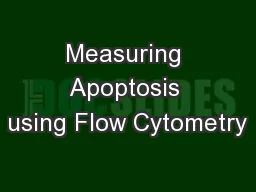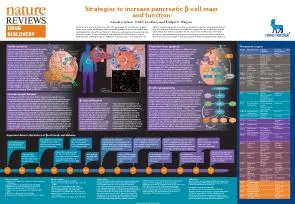PPT-Therapeutic strategies: Targeting apoptosis in cancer
Author : dandy | Published Date : 2022-02-15
Last updated September 2020 Introduction Apoptosis a form of programmed cell death is a key aspect of cellular homeostasis 1 In cancer the processes and signals
Presentation Embed Code
Download Presentation
Download Presentation The PPT/PDF document "Therapeutic strategies: Targeting apopto..." is the property of its rightful owner. Permission is granted to download and print the materials on this website for personal, non-commercial use only, and to display it on your personal computer provided you do not modify the materials and that you retain all copyright notices contained in the materials. By downloading content from our website, you accept the terms of this agreement.
Therapeutic strategies: Targeting apoptosis in cancer: Transcript
Download Rules Of Document
"Therapeutic strategies: Targeting apoptosis in cancer"The content belongs to its owner. You may download and print it for personal use, without modification, and keep all copyright notices. By downloading, you agree to these terms.
Related Documents














